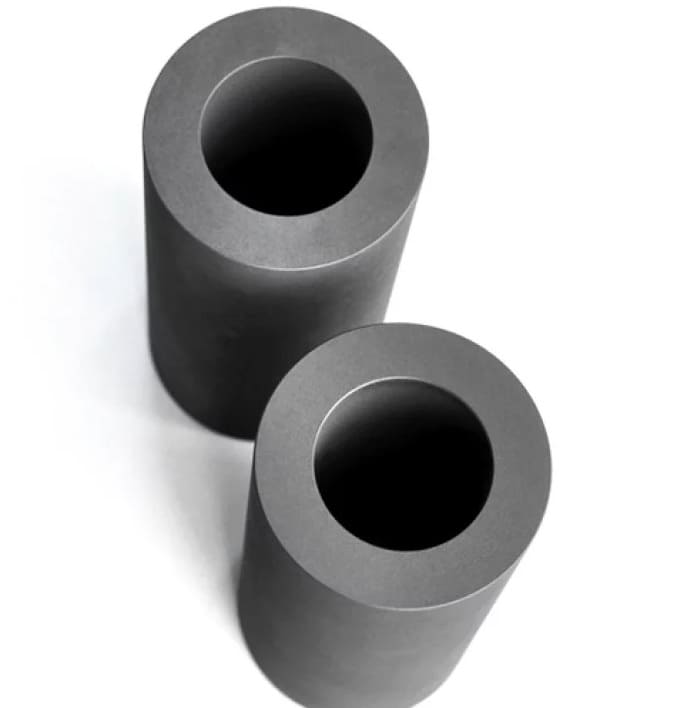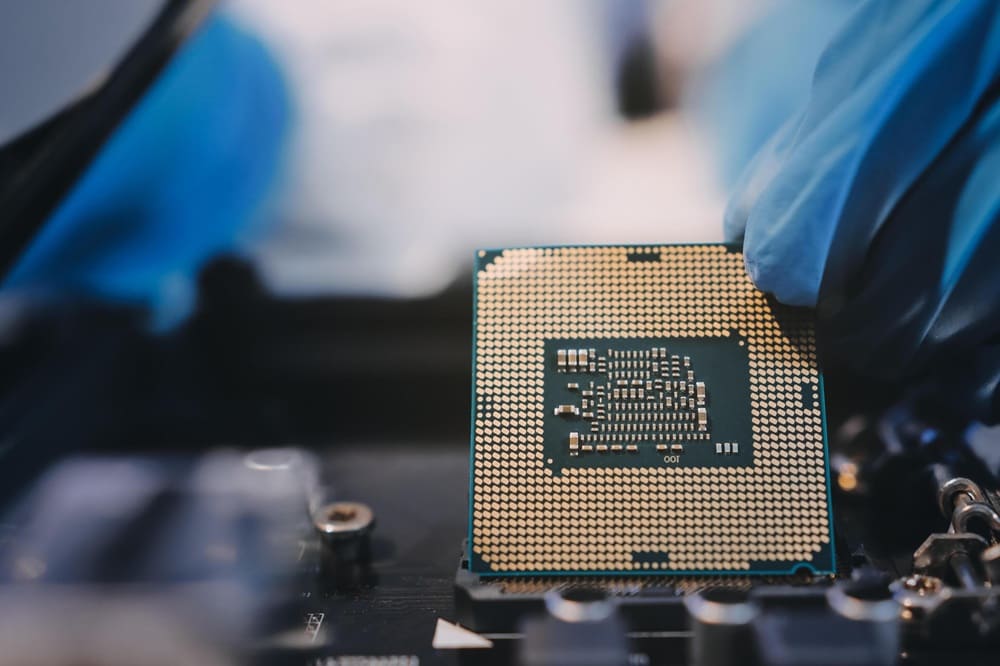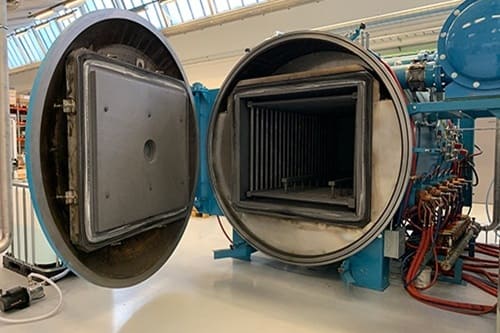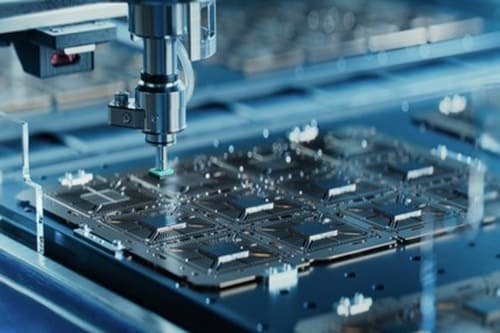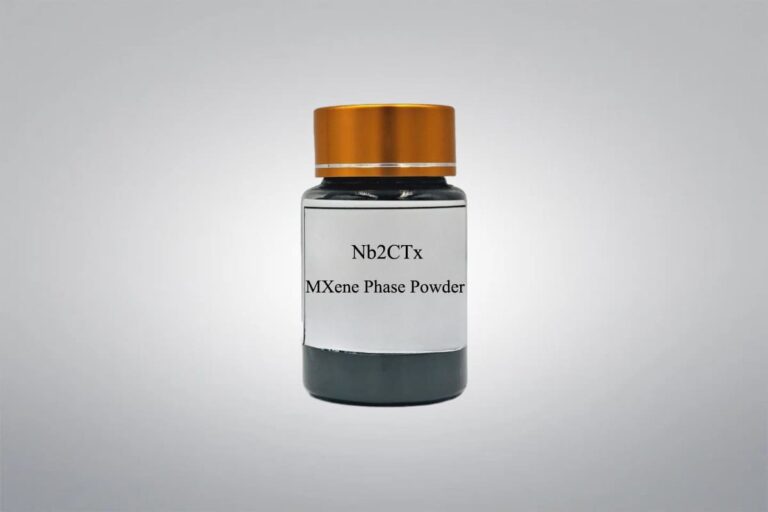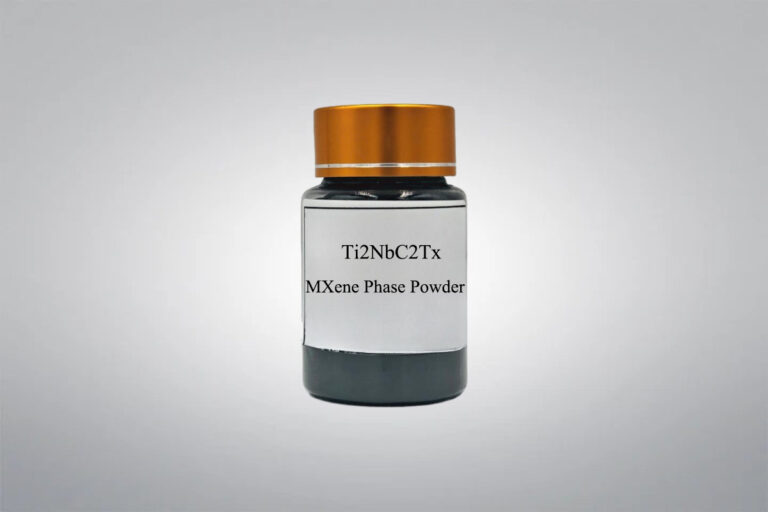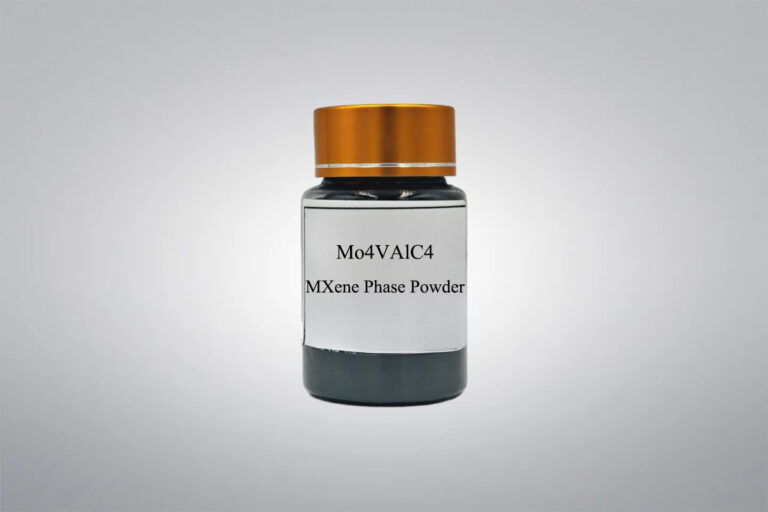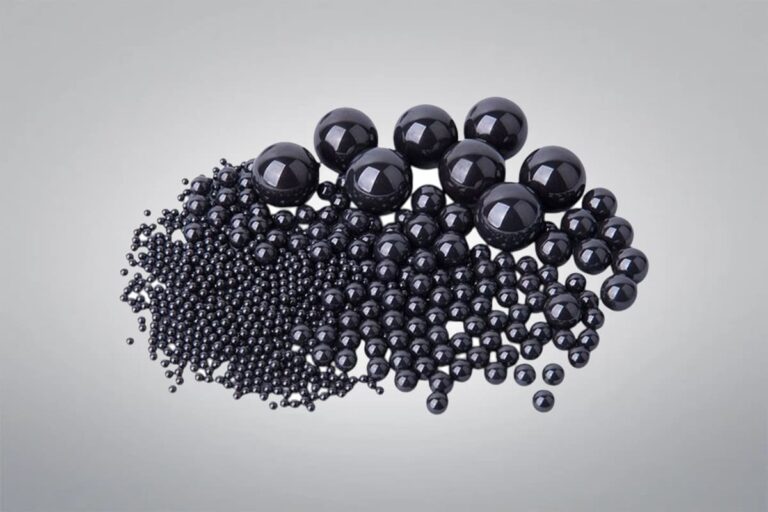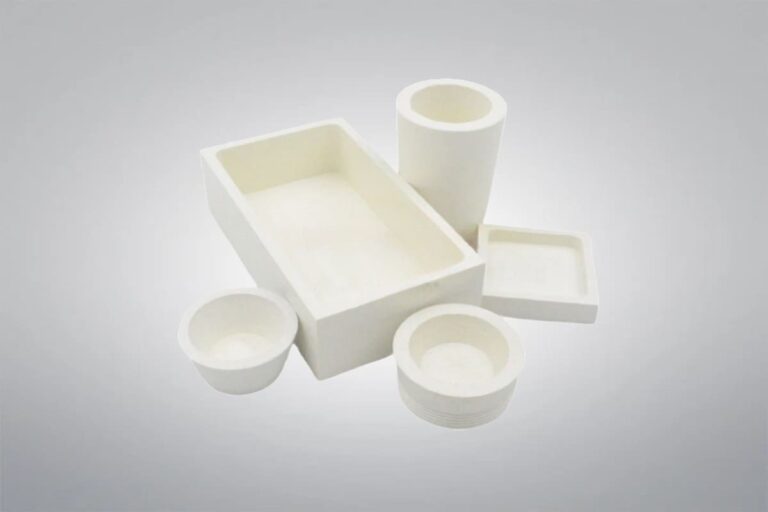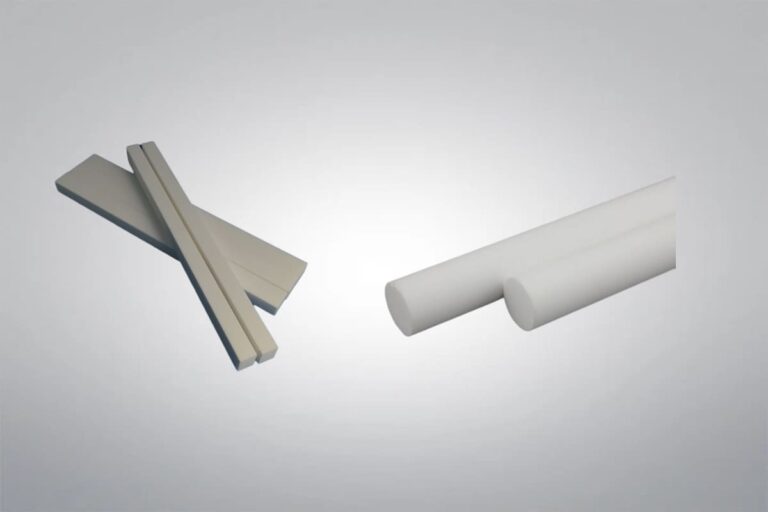Graphite Tube
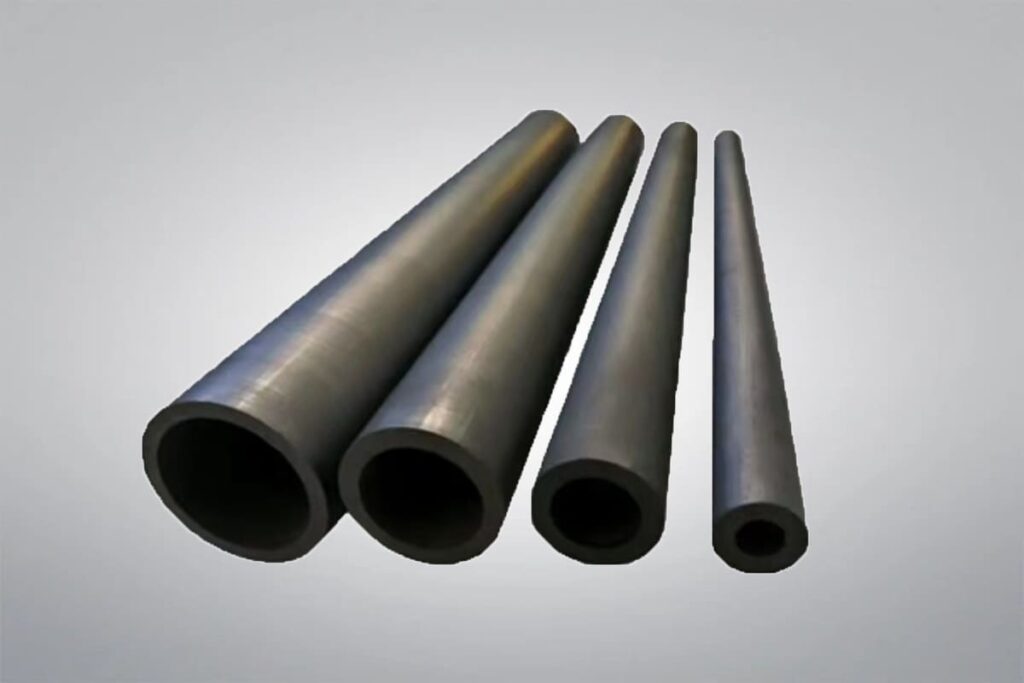
Graphite Tube
Purity: ≥99%
Graphite Tube is made from graphite powder, resin, and lubricant, creating a strong material with at least 5 mm thickness. There are two types: resin graphite tubes, molded with isostatic graphite, and machined graphite tubes, formed by high-temperature graphitization. Standard lengths are 6–7 meters, with custom options available. Made from high-purity petroleum coke and pitch coke, Graphite Tubes offer excellent thermal conductivity, mechanical strength, chemical resistance, and thermal shock resistance. They are widely used in heat exchangers, electronics, chemical processing, aerospace, and automotive industries. We can supply high-quality graphite tubes with various specifications and competitive prices, offering customized solutions to meet specific requirements.
Or email us at sales@heegermaterials.com.Graphite Tube Data Sheet
| Reference Code: | HM2591 |
| Purity: | ≥99.9% |
| Color: | Dark Gray to Black |
| Chemical Formula: | C |
| Material Grades: | Natural Graphite, Synthetic Graphite, Specialty Graphite, Composite Graphite |
| Density: | 1.7–1.92 g/cm³ |
| Maximum Operating Temperature: | Up to 3000°C (in inert atmosphere) |
| Thermal Conductivity: | 100–200 W/m·K |
Graphite Tube Description
Graphite Tube is made by blending graphite powder, resin, and additives, then shaped and heat-treated to achieve strong and stable structures. There are two main types: molded resin graphite tubes and tubes machined from dense graphite blocks. These tubes typically measure 6 to 7 meters in length, but can be customized based on specific requirements. Graphite Tubes offer excellent conductivity, low thermal expansion, and superior resistance to chemical corrosion and thermal shock due to their high carbon content and careful manufacturing process. They are widely used in demanding environments such as thermal exchangers, semiconductor equipment, aerospace assemblies, chemical reactors, and automotive systems.
Graphite Tube Specifications
| Items | Unit | Value | |
| Grain Size | mm | 0.045-4 | |
| Bulk Density | g/cm3 | 1.65-1.95 | |
| Resistivity | μΩ•m | 8.0-11.0 | |
| Bending Strength | Mpa | 18-55 | |
| Compressive Strength | Mpa | 36-100 | |
| The Coefficient of Thermal Expansion (C.T.E) | ×10-6/ ℃ | 2.9-3.0 | |
| Ash | % | 0.1-0.3 | |
| Round | Diameter | mm | 10-1100 |
| Length | mm | 1-3050 | |
| Square | Length | mm | ≤3050 |
| Width | mm | ≤1200 | |
| Height | mm | ≤800 | |
| Products can be customized according to order requirements or specific drawings. | |||
Graphite Tube Features
- High Temperature Resistance: Melting point 3850°C ± 50°C, boiling point 4250°C, excellent performance under extreme heat.
- Thermal Shock Resistance: Low thermal expansion, stable under rapid temperature changes without cracking.
- Thermal and Electrical Conductivity: Conductivity is much higher than that of stainless steel, carbon steel, and typical non-metals.
- Lubricity: Friction coefficient <0.1, better lubrication with larger graphite flakes.
- Chemical Stability: Strong resistance to acids, alkalis, and organic solvents at room temperature.
Graphite Tube Applications
- Heat Exchangers: Efficiently transfer heat in chemical and industrial systems.
- Electronic Devices: Used for thermal management in high-performance electronics.
- Aerospace Components: Withstands extreme temperatures and thermal cycling.
- Chemical Processing Equipment: Resists corrosion from aggressive acids and alkalis.
- Automotive Parts: Supports high-temperature and high-stress engine environments.
Graphite Material Properties
Graphite Material Grades
Natural graphite is classified into three primary types: amorphous graphite, flake graphite, and vein (lump) graphite. Each type has distinct characteristics and suits different industrial needs.
| Graphite Type | Introduction | Key Properties |
|---|---|---|
| Amorphous Graphite | Microcrystalline graphite from metamorphosed coal seams; dull appearance and soft texture. | – Carbon content: 60–85% – Fine particle size – Good thermal conductivity – Moderate electrical conductivity – Good lubricating properties |
| Flake Graphite | Layered graphite formed in metamorphic rocks; shiny with metallic luster. | – Carbon content: 85–99% – Excellent thermal conductivity – High electrical conductivity – Strong lubricity – Stable in chemical environments |
| Vein (Lump) Graphite | Hydrothermally formed graphite with the highest purity and conductivity. | – Carbon content: 90–99% – Exceptional thermal conductivity – Very high electrical conductivity – Superior oxidation resistance – Excellent chemical stability |
Synthetic graphite is produced through the high-temperature treatment of carbonaceous materials. It offers more controlled properties compared to natural graphite, such as higher purity, better uniformity, and specific performance advantages for different industrial applications. Common types include biographite, die-molded graphite, extruded graphite, isostatic graphite, and vibration-molded graphite.
| Graphite Type | Introduction | Key Properties |
|---|---|---|
| Biographite | Derived from biological materials through carbonization. | – Carbon content: 80–95% – Moderate thermal and electrical conductivity – Porous structure, good for filtration – Resistant to acids and bases |
| Die-Molded Graphite | Compacted carbon powders molded and graphitized. | – High density and strength – Excellent electrical conductivity – Chemically inert – Highly machinable |
| Extruded Graphite | Extruded carbon material with directional grain structure. | – High carbon content >99% – Good conductivity – Anisotropic properties – Moderate wear resistance |
| Isostatic Graphite | Produced by isostatic pressing for uniform properties. | – Ultra-high purity >99.99% – Isotropic strength – Excellent thermal and electrical conductivity – Fine grain structure |
| Vibration-Molded Graphite | Graphite formed by vibration compaction. | – High carbon content >99% – Good electrical conductivity – Durable with high compressive strength – Machinable into large parts |
Specialty graphite encompasses a wide range of engineered graphite materials designed to meet the demanding requirements of various industries. Each grade is uniquely processed or modified to enhance specific properties such as thermal conductivity, chemical resistance, structural strength, or electrical performance. These materials are critical across fields like energy storage, electrical discharge machining, nuclear technology, and high-temperature processing. Whether achieved through purification, impregnation, or advanced deposition techniques, specialty graphite grades offer targeted solutions where ordinary graphite would not suffice.
| Grade | Key Properties | Applications |
|---|---|---|
| Battery-Grade Graphite | High purity (>99.95%), electrochemical stability, low surface area, spherical/flake particles (5–20 μm) | Lithium-ion batteries, energy storage systems |
| EDM Graphite | Fine grain (2–10 μm), high electrical conductivity, lightweight, erosion resistance, thermal conductivity | Electrical discharge machining (EDM) |
| Flexible Graphite | Highly flexible, thermal conductivity (150–300 W/m·K), chemical resistance, compressibility, wide temp range | Gaskets, seals, EMI shielding, thermal management |
| Metal-Impregnated Graphite | Enhanced thermal and electrical conductivity, corrosion resistance, mechanical strength, wear resistance | Bearings, seals, chemical processing equipment |
| Nuclear-Grade Graphite | High density (>1.70 g/cm³), low neutron absorption, thermal stability, radiation resistance, low porosity | Nuclear reactors (moderators, reflectors, shielding) |
| Pyrolytic Graphite | Highly anisotropic, in-plane conductivity, EMI shielding, chemical resistance, high density (≈2.20 g/cm³) | Electronics, aerospace, medical devices |
| Refractory Graphite | Abrasion and thermal shock resistance, chemical stability, oxidation resistance (coated), low thermal expansion | Metallurgy, ceramic industry, chemical reactors |
| Resin-Impregnated Graphite | Chemical resistance, improved strength, reduced porosity, oxidation resistance, lower conductivity | Pumps, mechanical seals, chemical handling equipment |
Graphite composites combine graphite with other materials like carbon, fibers, resins, or metals to enhance and balance their properties for specific high-performance applications. These composites retain graphite’s natural benefits such as lubricity, conductivity, and thermal stability while improving strength, wear resistance, or structural rigidity. Widely used across industries like aerospace, metallurgy, electronics, and chemical processing, graphite composites offer excellent solutions for demanding environments where traditional materials may fail.
| Property | Carbon-Graphite | Graphite-Fiber Composites |
|---|---|---|
| Wear Resistance | High, effective in high-friction applications | Good, with strong fatigue and impact resistance |
| Strength | High strength and rigidity | Exceptional tensile strength and high stiffness |
| Density | Lightweight due to low density | Very low density for critical weight reduction |
| Thermal Stability | Operates up to 3000°C in inert environments | Maintains integrity at high temperatures |
| Thermal Conductivity | Moderate to high, depending on constituents | High, enabling excellent heat dissipation |
| Electrical Conductivity | Good, suitable for EDM and electrodes | Moderate, useful for EMI shielding |
| Chemical Resistance | Resistant to acids, alkalis, and organic solvents | Inert to most chemicals, moisture, and UV |
| Friction Properties | Self-lubricating, low friction even at extreme temperatures | High fatigue resistance, low thermal expansion |
| Oxidation Resistance | Limited, but can be enhanced with coatings | Stable in non-oxidizing environments |
| Applications | Metallurgy, EDM electrodes, high-temperature parts | Aerospace, structural composites, electronics |
Graphite Ceramic Machining
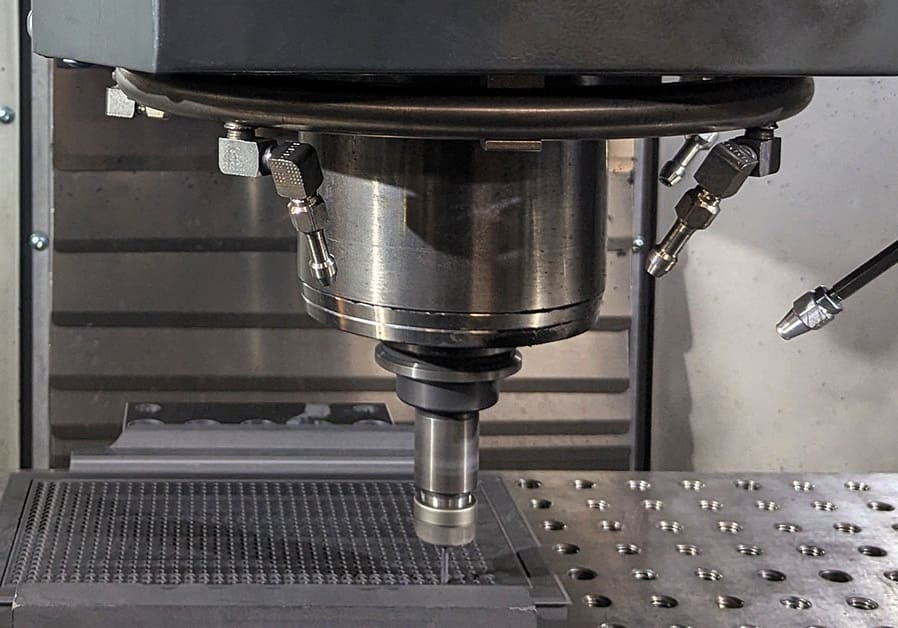
Graphite is a synthetic ceramic material made from crystalline carbon, offering exceptional thermal conductivity, high thermal resistance, low porosity, and stability at extreme temperatures. These properties make it essential for high-heat applications like casting, metallurgy, and electronics. However, machining graphite requires specialized techniques due to its unique characteristics: it is brittle and can produce fine particles and fissures during processing. Graphite does not deform under cutting forces like metals, demanding precise handling to maintain dimensional accuracy and surface integrity. Common machining methods include:
- CNC Machining: Computer-controlled drilling, milling, and grinding are widely used for creating complex graphite parts with tight tolerances.
- Diamond Grinding: Diamond tools are applied to achieve smooth finishes and precise shapes while minimizing particle generation.
- Sawing: Specialized saws are used for cutting graphite blocks into specific sizes or rough shapes before finer machining.
- Drilling: Custom graphite drilling requires careful speed and feed control to avoid cracks and achieve clean holes.
- Milling: High-speed milling with carbide or diamond-coated tools is utilized to produce detailed profiles and cavities.
- Surface Finishing: After primary shaping, additional grinding or polishing ensures the required surface finish for technical applications.
Graphite Ceramic Packaging
Graphite ceramic products are typically packaged in vacuum-sealed bags to prevent moisture or contamination and wrapped with foam to cushion vibrations and impacts during transport, ensuring the quality of products in their original condition.
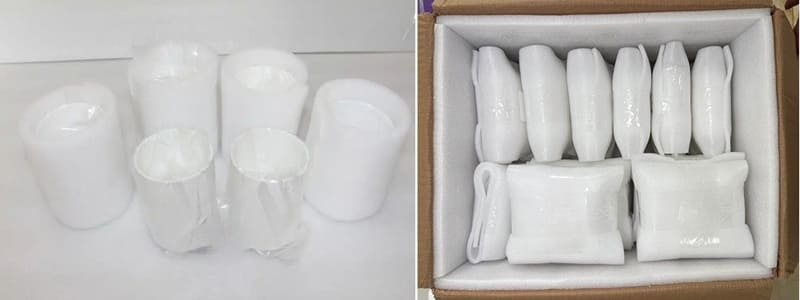
Download
Get A Quote
We will check and get back to you in 24 hours.

